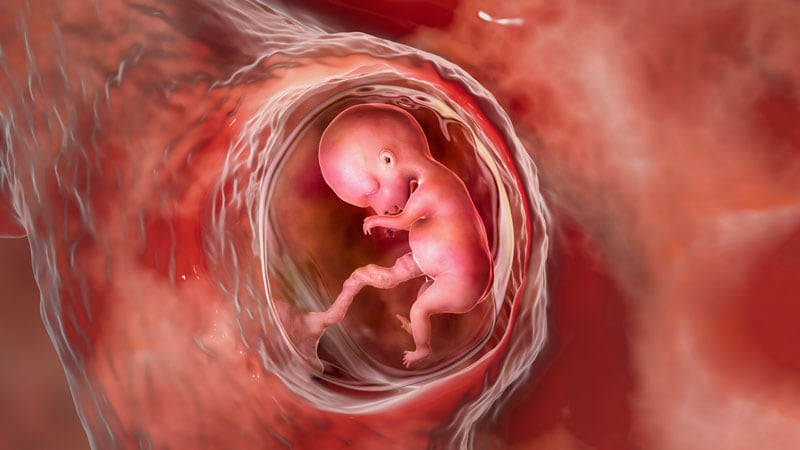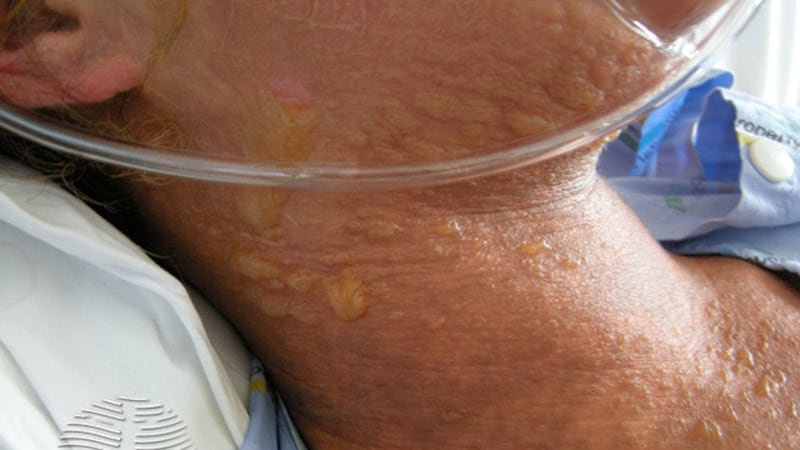Takeaway
- In children referred for elevated BP, habitual snoring was common.
- Risk for stage II hypertension was high in children with severe obstructive sleep apnoea (OSA).
Why this matters
- The American Academy of Pediatrics recommends polysomnography for all children with habitual snoring and symptoms/signs of OSA.
- Identifying children with OSA may help in lowering the cardiovascular risk in children with elevated BP.
Study design
- Retrospective review of 446 patients (habitual snoring, n=104; no habitual snoring, n=342) with elevated BP.
- Patients were assessed for the presence of habitual snoring, learning disability, attention-deficit/hyperactivity disorder and mood problems during the initial visit to the hypertension clinic.
- Funding: Strong Children’s Research Center.
Key results
- 23% of patients had habitual snoring and it was more common in those who were obese (P<.001).
- Overall, 74 patients had polysomnography, of which 17 had primary snoring (no OSA) and 57 had OSA (mild OSA, n=18; moderate OSA, n=18; severe OSA, n=21).
- After adjustments, patients with severe OSA were associated with higher office systolic BP index (β, 0.07; P=.01).
- Risk for stage II hypertension was significantly higher in patients with severe OSA (OR, 8.9; P=.004).
Limitations
- Risk for bias.
References
References



